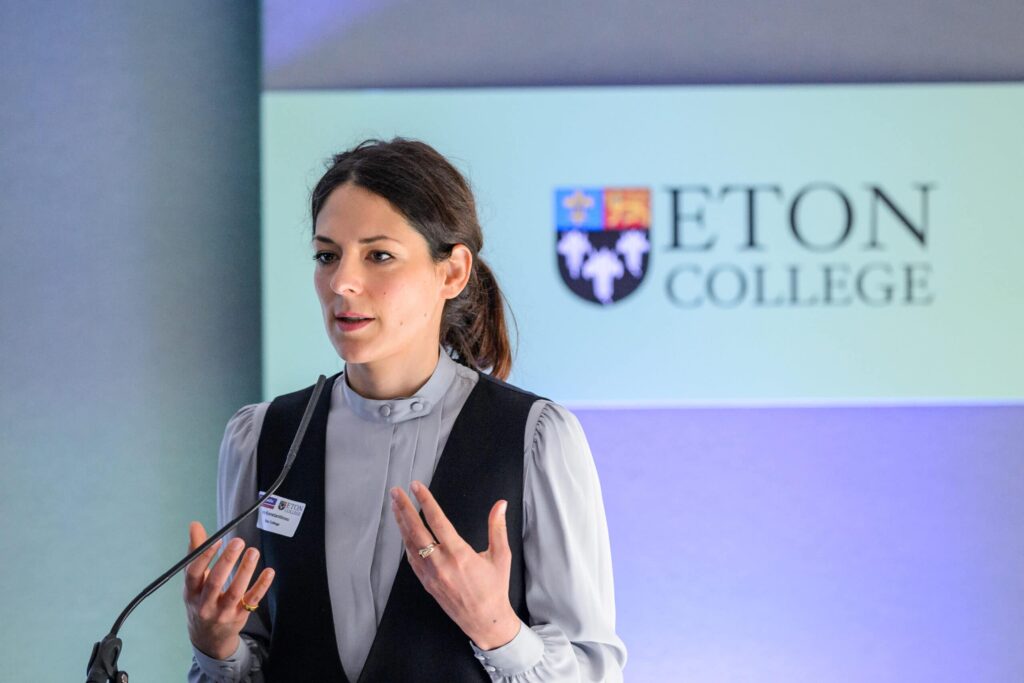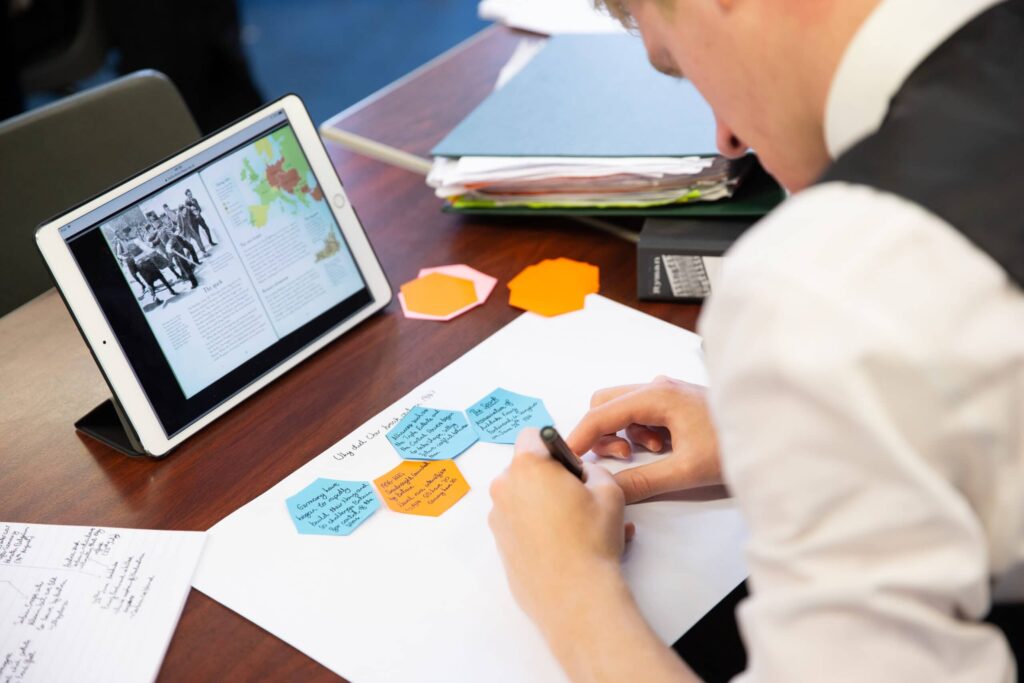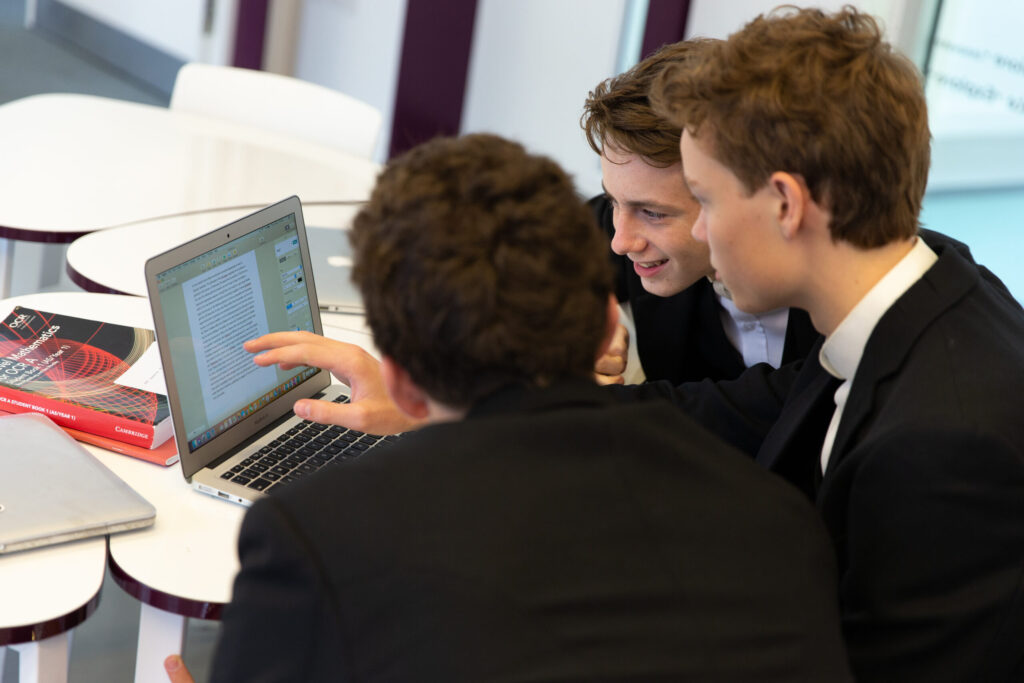by Michael Cocks
With new developments in technology, schools are able to implement new teaching and learning strategies to explore a variety of classroom experiences beyond traditional didactic approaches. One of these strategies which has been given new life through recent research is the ‘self-directed learning’ model (SDL). This approach posits that by providing students with increased autonomy over their own learning, their engagement and academic achievement will improve (Du, 2013: 1).
In particular, New York University researchers Gureckis and Markant found that by allowing learners to choose how they studied, their ability to retain information increased markedly (2012: 469). Furthermore, when learners were actively involved in the decision-making process, they performed better than their peers who only “passively observed” (Markant & Gureckis, 2012: 470). These findings seem to indicate that providing increased student independence produces more positive educational outcomes. If this is the case, why hasn’t this led to a change in classroom practice?
The lack of adoption of SDL may be the result of teacher scepticism regarding research data and a tacit assumption that students cannot be trusted with their own learning. These apprehensions have been expressed since the 1970s, when it was noted that it would be fallacious to assume that the “learner is the best judge of what to study, when to study, and how to study” (Atkinson, 1972: 930). While it is true that teachers are more professionally qualified to develop successful learning experiences than individual students, it should not necessitate the denial of student input into lesson preparations. As a result, it is important that qualified educators remain active stakeholders in a SDL environment while inviting increased participation from learners.
Therefore, the successful implementation of SDL relies upon educators realising that they remain crucial in successful student learning, even if it means a modification in their classroom role. In SDL, teachers become “a manager of the learning experience instead of a knowledge provider, helping learners locate resources, and creating an atmosphere of openness and trust to promote better performance” (Du, 2013: 2). Experienced and specialised teachers, in particular, possess a unique awareness of the right “degree of challenges that they present to students, and … the depth of processing that their students attain”, which will maximise “affective outcomes … and quality of achievement” (Hattie, 2003: 15). Consequently, teachers can utilise their expert knowledge to provide a range of personalised resources for the students, from which the learners can choose their preferred option.
This combination of student decision-making and teacher expertise provides a rich environment for increased student engagement and improved academic outcomes in the SDL model. It would also provide scope for educators to deliver personalised learning resources for each student so that each learner has access to a range of options that match their individual abilities.
Author Bio
Michael Cocks is a senior History teacher at Toowoomba Grammar School in Queensland, Australia, and runs the educational History website: HistorySkills.com. He is a textbook author for Cambridge University Press and HTAV Publishing, is a fact-checker for the BBC History Magazine, was a 2015 finalist in the QCT Teaching Excellence Awardsand has been awarded as a Microsoft Innovative Education Expertfor the last three years.
Mr Cocks has incorporated student-directed learning in his classroom for over two years. Student engagement, behaviour and academic results have all improved since the implementation of the program. You can read more of Mr Cocks’ introduction of this SDL system at the blog post below:
https://www.historyskills.com/2017/01/23/letting-students-choose-their-own-lesson/
References
Atkinson, R. (1972). ‘Ingredients for a theory of instruction’, American Psychologist. (Vol. 27), pp.921-31.
Du, F. (2013). ‘Student Perspectives of Self-Directed Language Learning: Implications for Teaching and Research’, International Journal for the Scholarship of Teaching and Learning. (Vol. 7, No. 2), pg. 1-16.
Gureckis, TM & Markant, DB. (2012). ‘Self-Directed Learning: A Cognitive and Computational Perspective’, Perspectives on Psychological Science. (Vol. 7, No. 5), pp. 464-481.
Hattie, J. (2003) Teachers make a difference: what is the research evidence?Melbourne, Australia: Australian Council for Educational Research.




